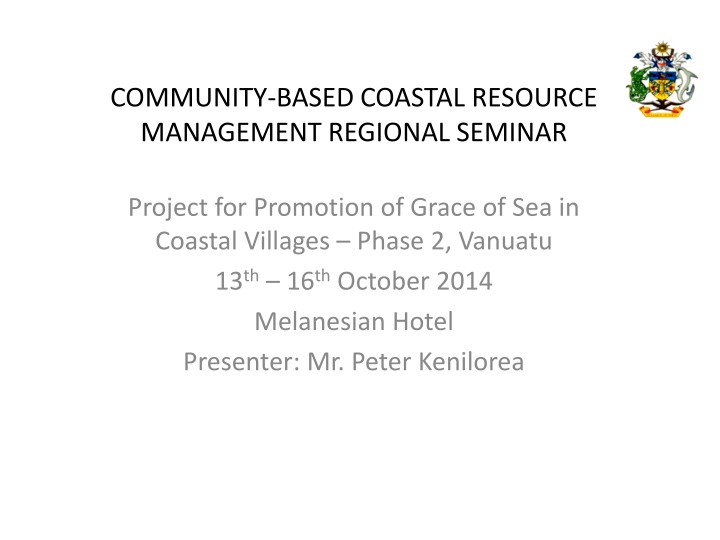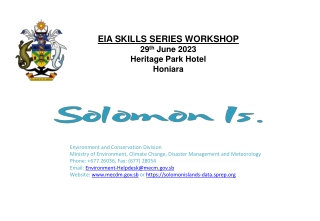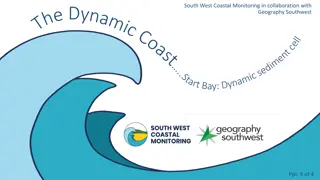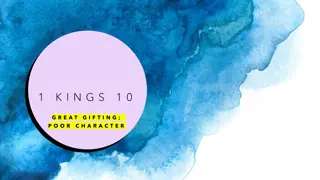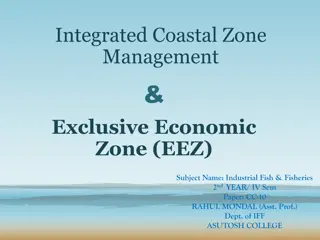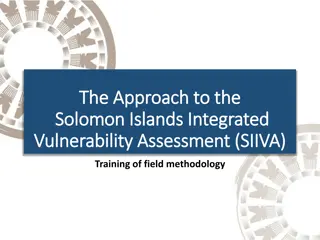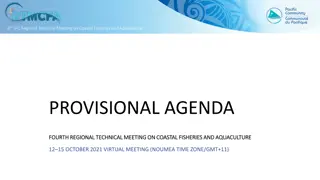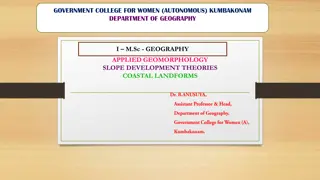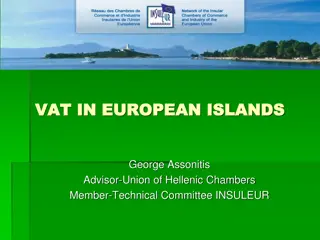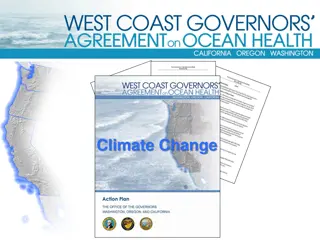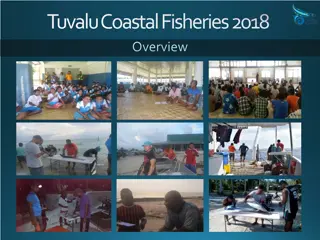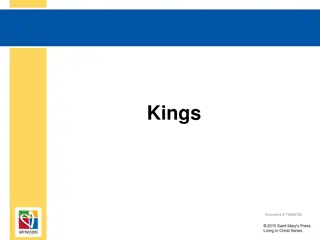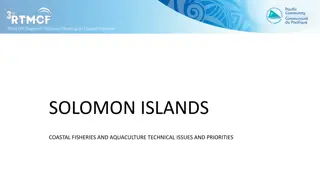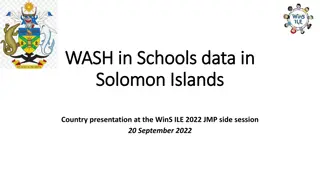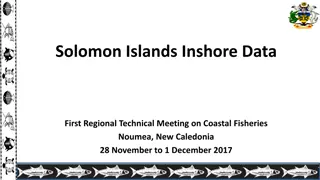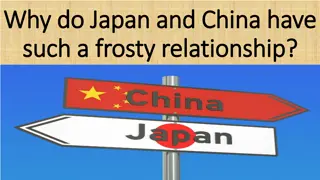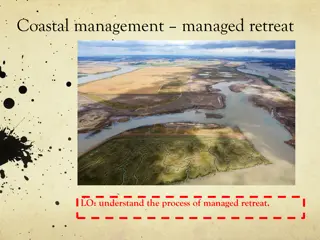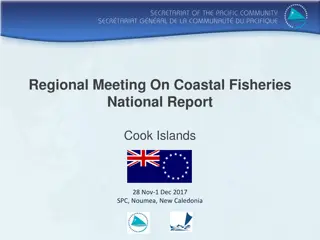Community-Based Coastal Resource Management in Solomon Islands
The presentation outlines the profile of the Solomon Islands, highlighting its unique position in the Melanesian Spearhead Group and CTI countries. It discusses the government's promotion of Community-Based Resource Management (CBRM) as a sustainable approach due to strong customary marine tenure systems. The benefits, partners, and challenges of CBRM are also covered, emphasizing the need for sustainable coastal resource management in the region.
Download Presentation

Please find below an Image/Link to download the presentation.
The content on the website is provided AS IS for your information and personal use only. It may not be sold, licensed, or shared on other websites without obtaining consent from the author.If you encounter any issues during the download, it is possible that the publisher has removed the file from their server.
You are allowed to download the files provided on this website for personal or commercial use, subject to the condition that they are used lawfully. All files are the property of their respective owners.
The content on the website is provided AS IS for your information and personal use only. It may not be sold, licensed, or shared on other websites without obtaining consent from the author.
E N D
Presentation Transcript
COMMUNITY-BASED COASTAL RESOURCE MANAGEMENT REGIONAL SEMINAR Project for Promotion of Grace of Sea in Coastal Villages Phase 2, Vanuatu 13th 16thOctober 2014 Melanesian Hotel Presenter: Mr. Peter Kenilorea
Presentation Outline Solomon Islands Profile Overview of Community Resource Managements Activities Benefits of Community Based Approach Partners in CBRM SILMMA Network Problems and Constrains Existing Projects and Programs in Solomon Islands
Solomon Islands Profile Between PNG and Vanuatu Part of the Melanesia Spear-head Group countries Also Part of the CTI countries (high biodiversity) Population is six hundred thousand plus 2.07% Growth Rate (2014 est.) > 85% live in the rural areas Fish consumption per capita per annum is 35 Kg
Overview of Coastal Resource Management Activities The Government of Solomon Islands is promoting Community-Based Resource Management (CBRM) Management of natural resources that is happening at the community level Communities are the best managers of their natural resources Why CBRM is workable is due to the strong customary marine tenure system and lack of financial and human resources at the government level
Benefits of Community-Based Approach Low ongoing cost Can be undertaken with little prior data Strong traditional knowledge, ownership and decision making from resource owners Empowers community structures and institutions Can potentially be undertaken by communities themselves with little or no outside support
Problems and Constrains 1. Community Level Perceived conflict between Development and Management Objectives Customary tenure system e.g. Dispute 2. Sustainability of Finance for Management Continuity of NGO at sites 3. Compliance and Enforcement 4. Poor Communication
Existing Projects and Programs REVIEW OF CURRENT NATIONAL/PROVINCIAL LAWS (e.g. Fisheries Act,1978, Provincial fisheries Ordinances) and STRATEGY FORMULATION (Solomon Islands Inshore and Provincial Fisheries Management and Development Strategy draft) MFMR/SILMMA partners AWARENESS OUTREACH PROGRAM ON NATIONAL LEGISLATIONS (e.g. Protected Areas Act 2010) (MECDM) SEAWEED PROGRAM (MFMR) FAD PROGRAM (MFMR/WWF/WFC) HAPI FISH PROJECT (MFMR /WWF Data collection, Fish markets) COMMUNITY-BASED FISHERIES MANAGEMENT PROGRAM (MFMR/SILMMA partners) INTEGRATED COASTAL MANAGEMENT (RIDGE TO REEF APPROACH) TNC/SICCP TURTLE CONSERVATION PROGRAM SILMMA NETWORK partners
Cont CBRM RESOURCE MAPPING PROJECT MECDM/TNC EXPANDING THE REACH PROJECT MFMR/SILMMA partners ESTABLISHMENT OF PROVINCIAL INFORMATION HUBS - MFMR/SILMMA partners NETWORKING Locally Managed Marine Areas Regional Network (Regional Level) Solomon Islands Locally Managed Marine Areas Network (National Level) Provincial Networking (Choiseul, Isabel, Central Islands Provinces) Community Networking e.g. Roviana Conservation Foundation
Cont.. NETWORK DESIGN Community-based design (Fish for kaikai, income generation, restocking) NGO-based design (Biodiversity/species specific e.g. Turtle Conservation) Governance-based design (Ridge to reef, Provincial Natural Resource Management Plans) The End Thank you for listening! Questions??
